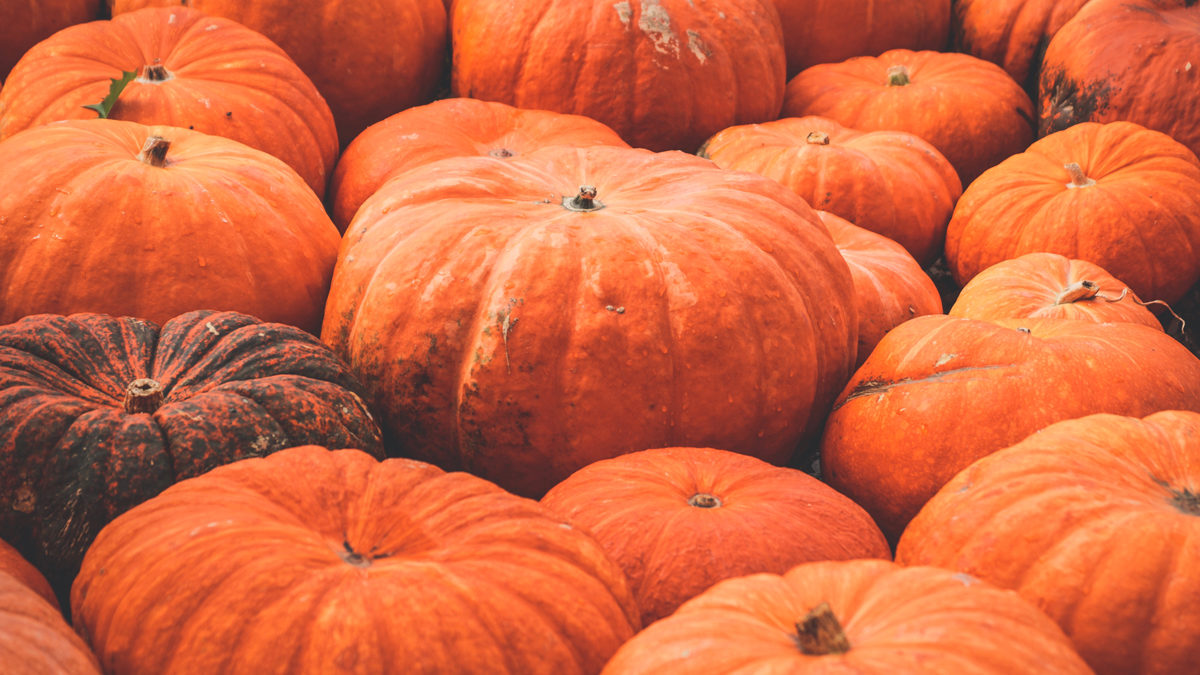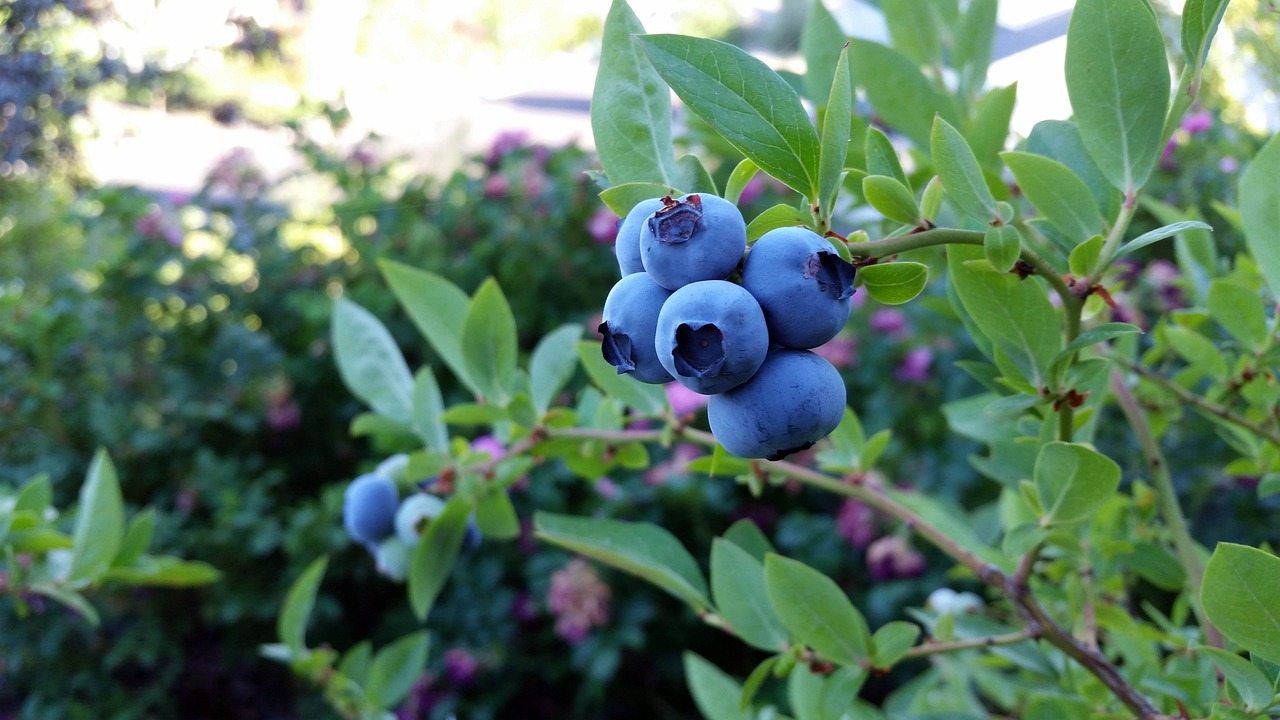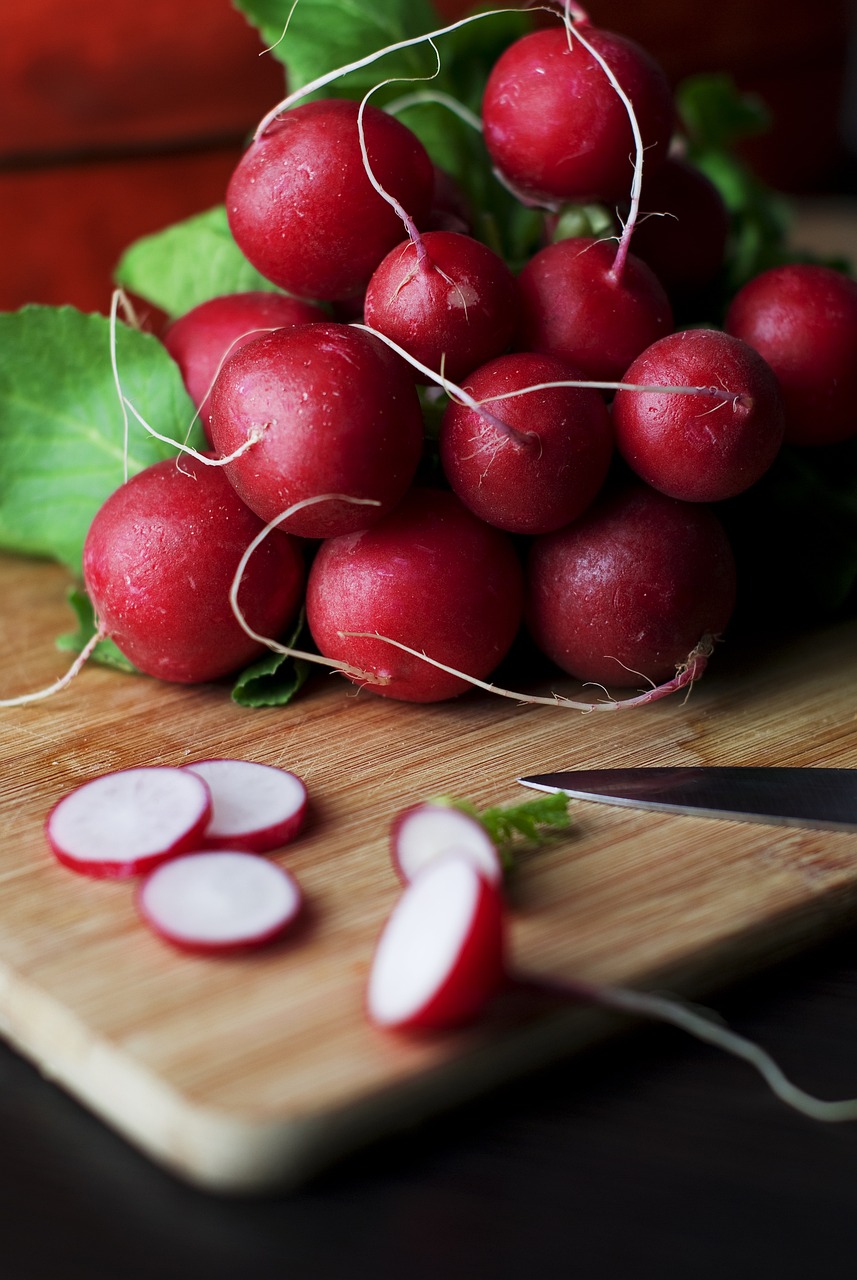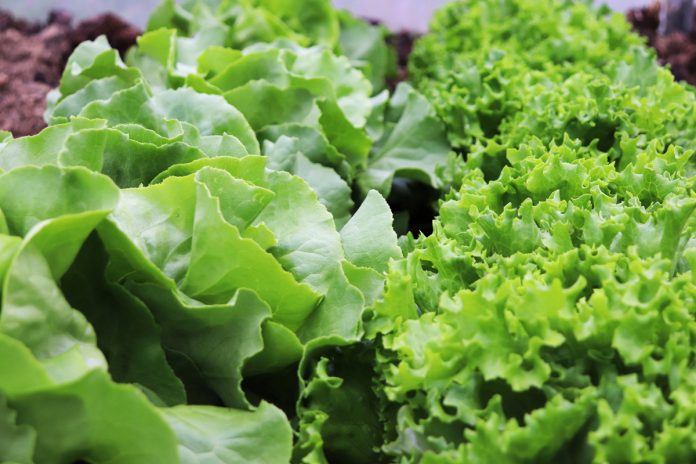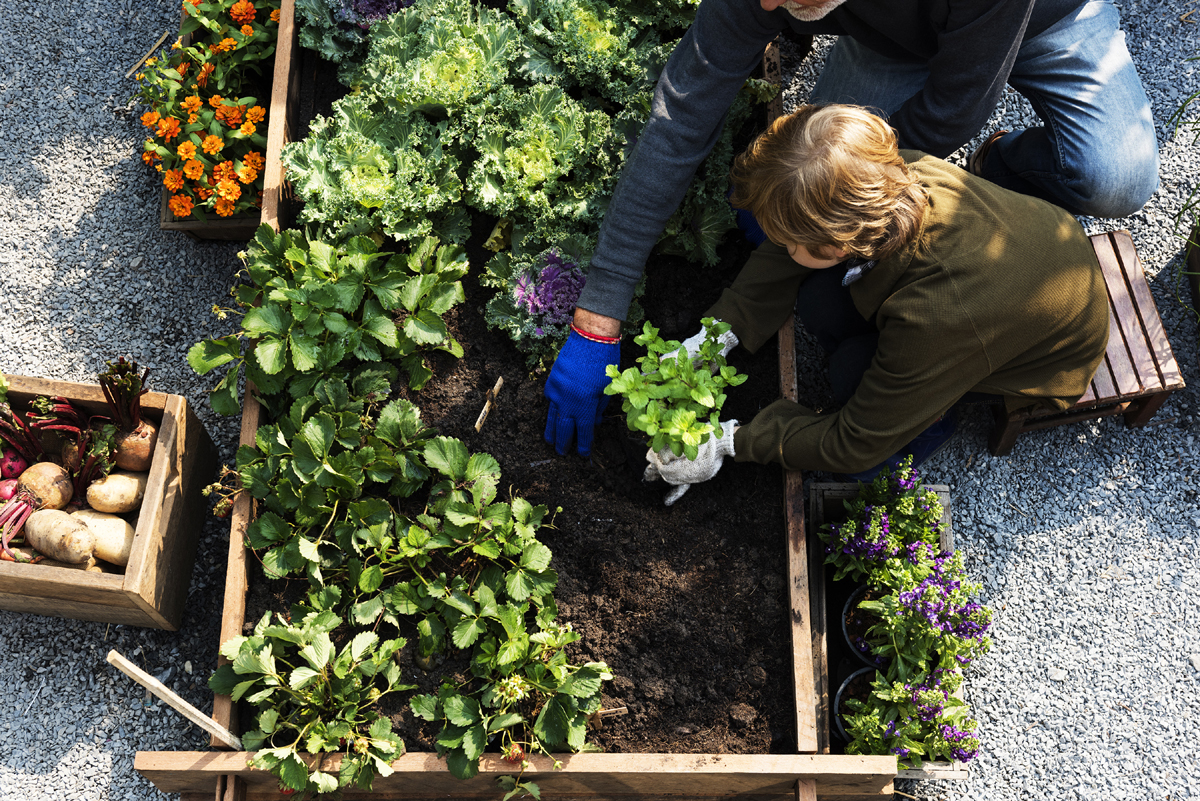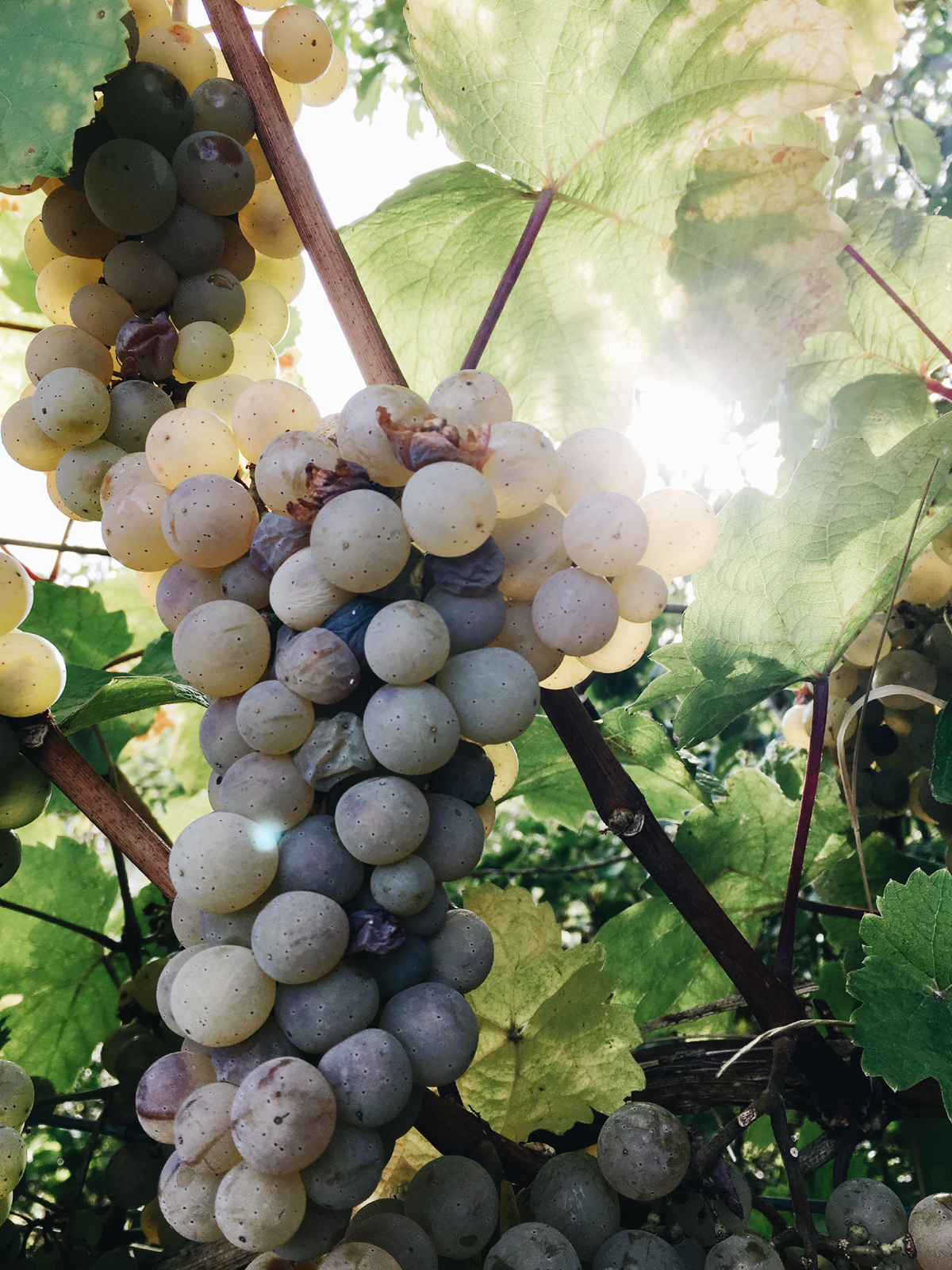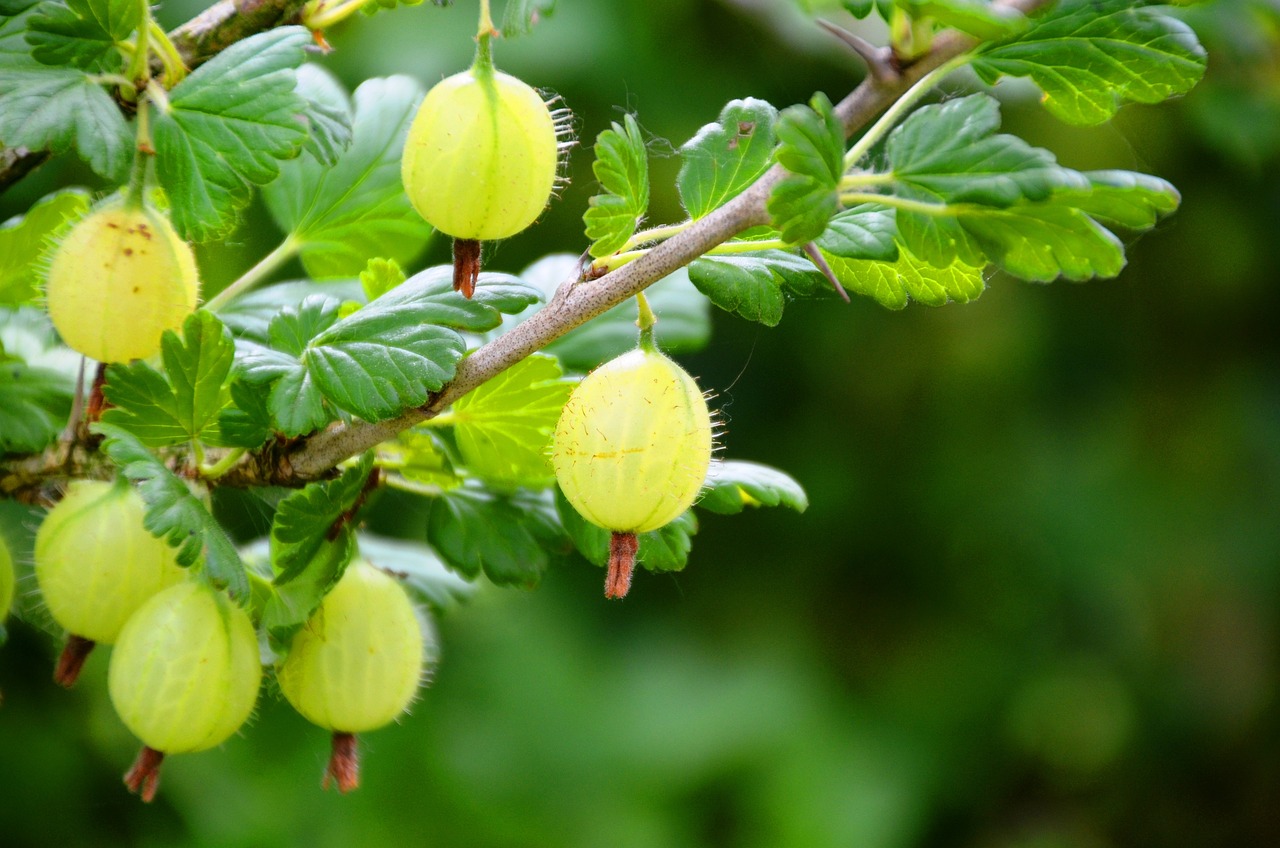A Guide to Growing Corn
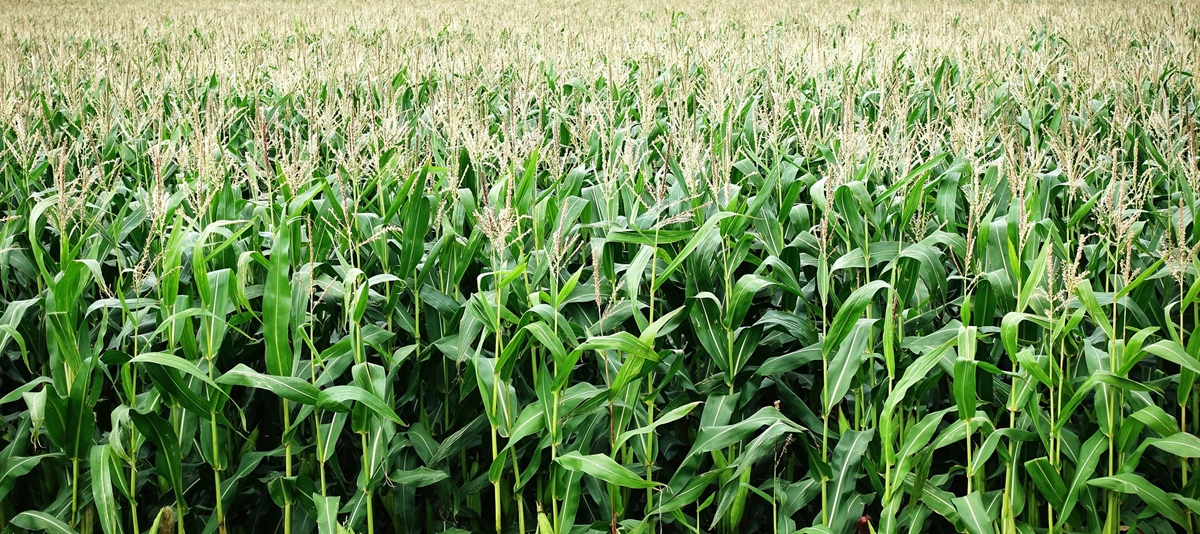
To grow your own corn you are going to need rich, fertile soil and will need to add compost or manure to it to ensure the corn gets enough nutrients.
When to Plant Corn
Corn will grow best during summer as it prefers warm weather. Try to plant your corn about 14 days before the last frost and to stop your various varieties of corn form cross-pollinating each other, stagger your plantings about a week apart. This will also make harvesting a lot easier as the corn will not be ready all at the same time.
Where to Plant Corn
Plant your corn in side by side rows with at least four rows of corn in one spot to ensure that there is good pollination. Corn needs to have full sun and also bear in mind that if you have other vegetables in your garden that corn will grow taller than most of these which means that your other vegetables might be shaded by the corn which will inhibit their growth. Planting corn on the east or north side of your garden normally solves this problem. Corn takes up quite a bit of space in your garden so it will take a little planning before you start to plant corn.
Rich soil with good drainage such as sandy loam is ideal for planting corn. If you do not have sandy loam, remedy this by adding plenty of compost to your soil prior to planting corn. For the best soil pH for growing corn, your soil needs to measure about 6.8 on the pH scale.
How to Plant Corn
If this is the first time you will attempt to grow corn you will need to ideally turn the soil during in autumn so that you can plant your corn during spring. You can however, turn the soil and plant the corn in spring and end up with a fairly good harvest. If you have grown corn before, do not plant it in the same spot as the previous year as this can encourage pest and disease problems to recur. Corn is also a heavier feeder and takes a lot of nutrients out of the soil. By rotating your planting spots you will give your soil a chance to recover. The seeds should ideally be planted in a seedbed which is 8 to 10 inches deep.
How to Fertilize Your Corn
The Indians plant a kernel of corn on top of a dead fish and while most people think that this is a myth the nitrogen in decaying fish actually provides the corn with the food it needs to grow. This does not mean that you will have to go and buy a bulk load of fish for your corn. Rather provide it with a steady supply of good organic fertilizer like alfalfa meal or dried animal dung during the growth period and your corn will be just as tasty as the ones that were planted with the fish.
As you work to achieve healthy eating habits, you will find that you have more energy and feel better everyday. It is important to create the right habits if you want long-term success!
The Author:
Becki Andrus is an avid reader who loves learning about health and nutrition. Over the years she has enjoyed studying how food and exercise affect the body, and is on a mission to share this information with others.

